If anywhere embodies the archetypal German scene, it is the Rhine gorge, all chocolate-box riverside villages, half-timbered houses, vine-shaded pub gardens and window boxes cascading with brilliantly clashing geraniums. Not to mention the castles; fairy-tale structures of turrets and towers, some ruined, some still inhabited, each one gazing out over gravity-defying vineyards.
The gorge isn’t long – it extends from Bingen, where the river forces its way through a range of steep, forested hills, to Koblenz, 65km further upriver. But pretty well every Rhine cruise passes through here (the shorter Christmas market cruises excepted), and it is without a doubt the scenic highlight of a cruise across Germany.
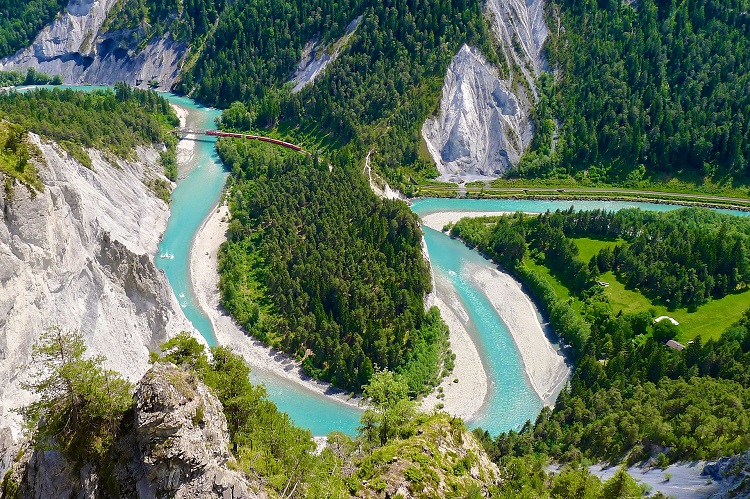
There are various ways to do the Rhine, but most cruise lines stick to a similar formula. A voyage from Amsterdam to Basel or the reverse, sailing through the Rhine Gorge, takes a week, as does Amsterdam to Nuremberg. In a fortnight, you could sail from Amsterdam, through the Rhine Gorge and then across the Rhine-Main-Danube canal to the Danube, ending in Budapest.
Some cruise lines visit Koblenz, at the top of the gorge, and then sail straight through, while others call at ports along the way. Avalon, Uniworld and Riviera Travel, for example, have cruises calling at Boppard. A much wider selection stops at Rüdesheim, among them AmaWaterways, APT, Viking, Uniworld, Riviera Travel, Scenic, Emerald Waterways, Avalon and the luxurious new ships of Crystal river cruises. Some do both; Uniworld, on its ‘Castles along the Rhine’ cruise, spends the morning in Rüdesheim and the afternoon in Boppard (or reverse).
It is no surprise, then, that these tiny riverside towns get busy in summer, with cruise ships lined up along the banks. Yet it is easy enough to see through the beer gardens and souvenir shops, experiencing living communities with a lot to offer, from walking and cycling to festivals and an intriguing history dating back to the times of the Romans, to whom the Rhine was an essential trade route. Today, as the Rhine remains an essential trade artery, the river is signposted with kilometre markers for its entire length, showing the distance from its source, so you can track your progress and make sure you don’t miss any of the sights.
Romantic Rüdesheim
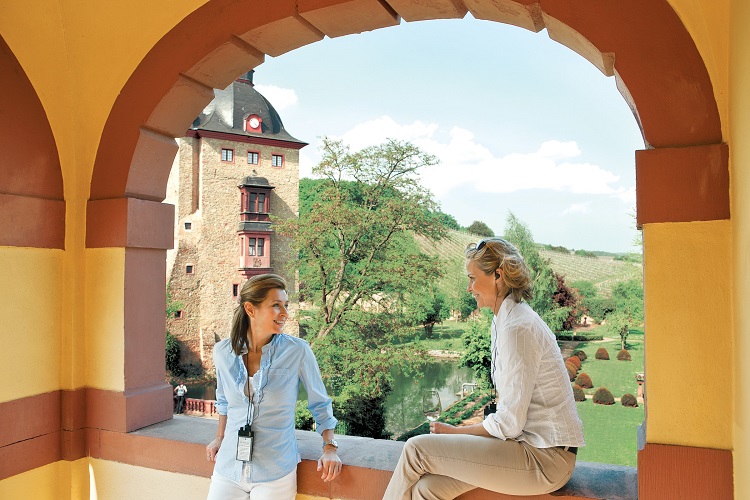
The wine-growing town of Rüdesheim, opposite Bingen (after the KM 526 marker), where the river starts to narrow, is quaintly pretty, producing some of the finest Rieslings and Pinot Noirs of the region. The biggest concentration of wine taverns is the cobbled Drosselgasse, a picturesque lane where you can pick your pub, sample the local produce, listen to oompah bands and soak up the atmosphere. Most tours include Siegfried’s Mechanical Musical Cabinet, a quirky but well-organised museum telling the story of mechanised music through music boxes, puppets and fairground organs.
If you want to explore independently, you could jump on the cable car from Oberstrasse to the elaborate Niederwald monument, high above the vineyards; a 10m tall statue of Germania, marking the foundation of the German empire after the end of the Franco-Prussian war. Back in town, a darker source of entertainment is the Museum of Medieval Torture, which tells the story of grisly goings-on in the middle ages, a time when witch hunting was a popular pursuit in Germany.
Castles and legends
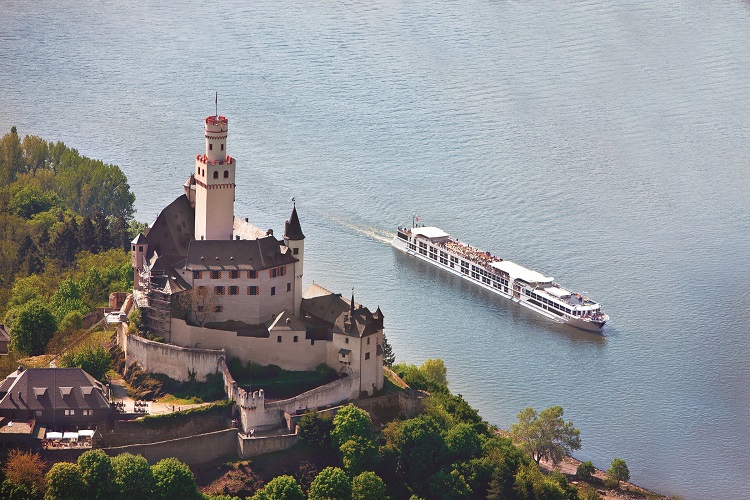
Some 15 castles are scattered through the gorge, guarding every corner, the biggest concentration from Rüdesheim northwards. Look out for the Mauseturm (at the KM 529 marker), a red-and-yellow tower perched on an island. It was from here, in the 13th Century, that an evil archbishop would fleece passing ships for taxes. Rheinstein Castle at KM 533 almost appears to be part of the jagged, slate-grey rock, high on the hillside, whereas Pfalzgrafenstein, perched on an island, mid-river, resembles a ship; if you didn’t pay your dues here, you’d be slung into a deep well.
Opposite St Goarshausen, around KM 554, is the famous Lorelei Rock, where a bronze maiden represents the legendary nymph who would sing and lure sailors to their death in the treacherous whirlpools. The river is so narrow here that a traffic light system for ships is in operation.
Roman remains
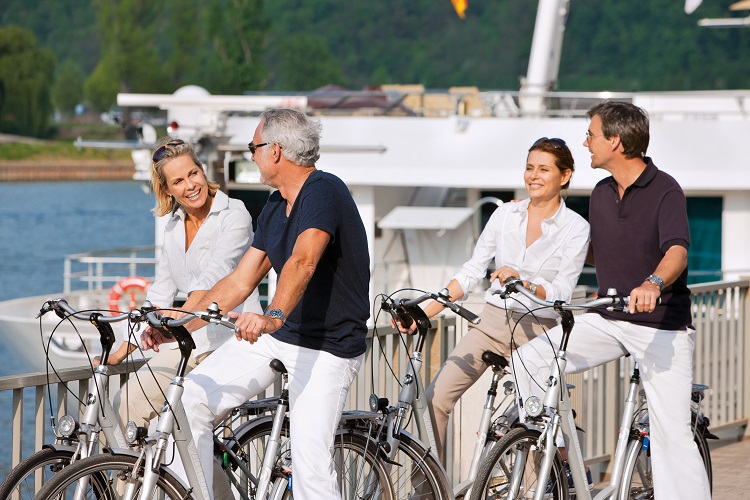
One of the larger towns in the gorge, Boppard, on the left bank, is also one of the prettiest. Along the waterfront, elegant villas gaze out over the Rhine and dazzling displays of flowers give the place an almost Mediterranean feel.
Boppard’s real claim to fame is its wonderfully preserved Roman walls. The Romans built a massive garrison here from which they would take potshots at the enemy across the river. Two thousand years on, you can still see stretches of wall and the outline of chunky, impenetrable towers behind the cobbled centre. The Romanesque church on the main square is built over the old Roman baths.
If you want to escape the summer crowds, take the ancient chairlift up over the vineyards to Gedeonseck. Hills roll away into the distance and the Rhine sparkles far below as it carves its way round a massive horseshoe bend. You will feel as though you are on top of the world.
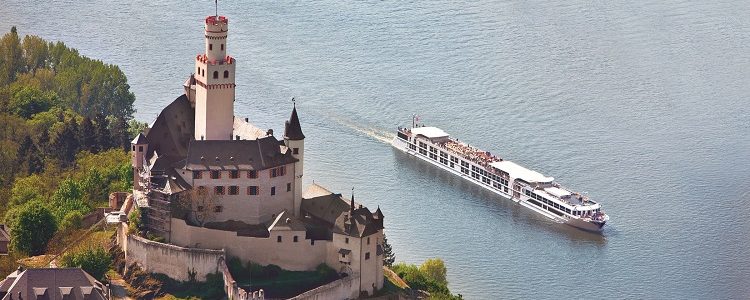
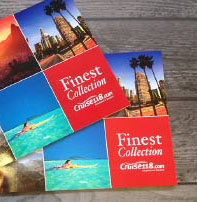
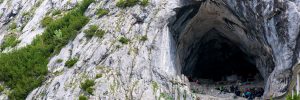
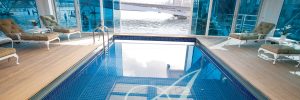

No Comments
Be the first to start a conversation